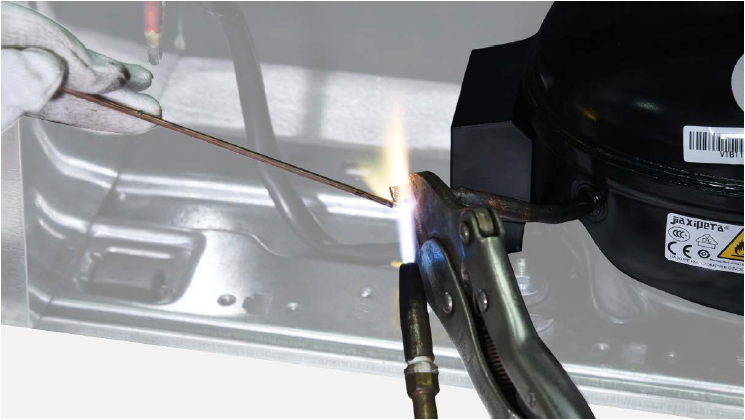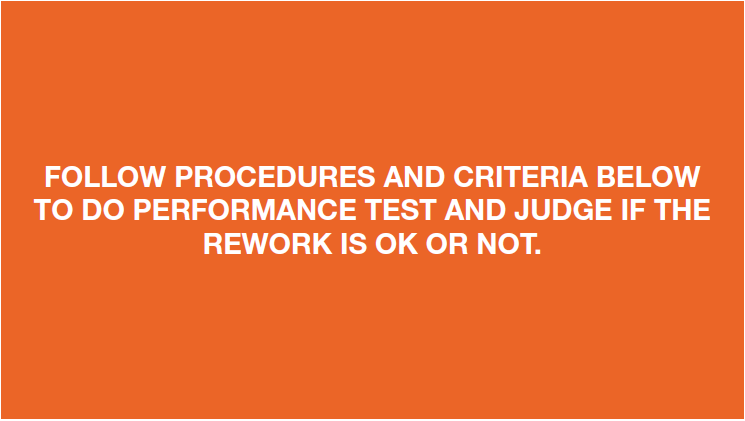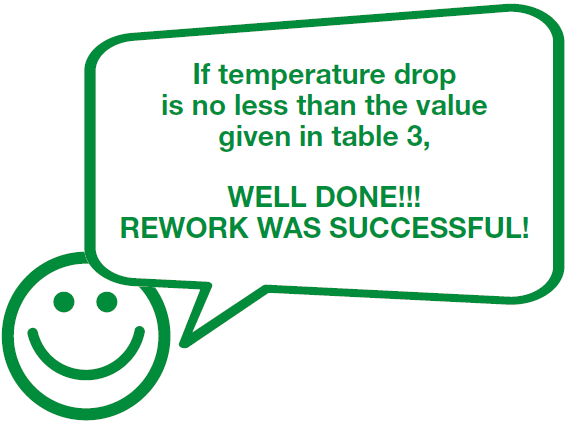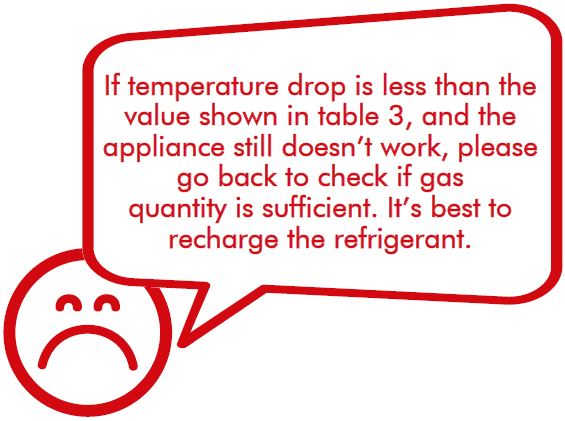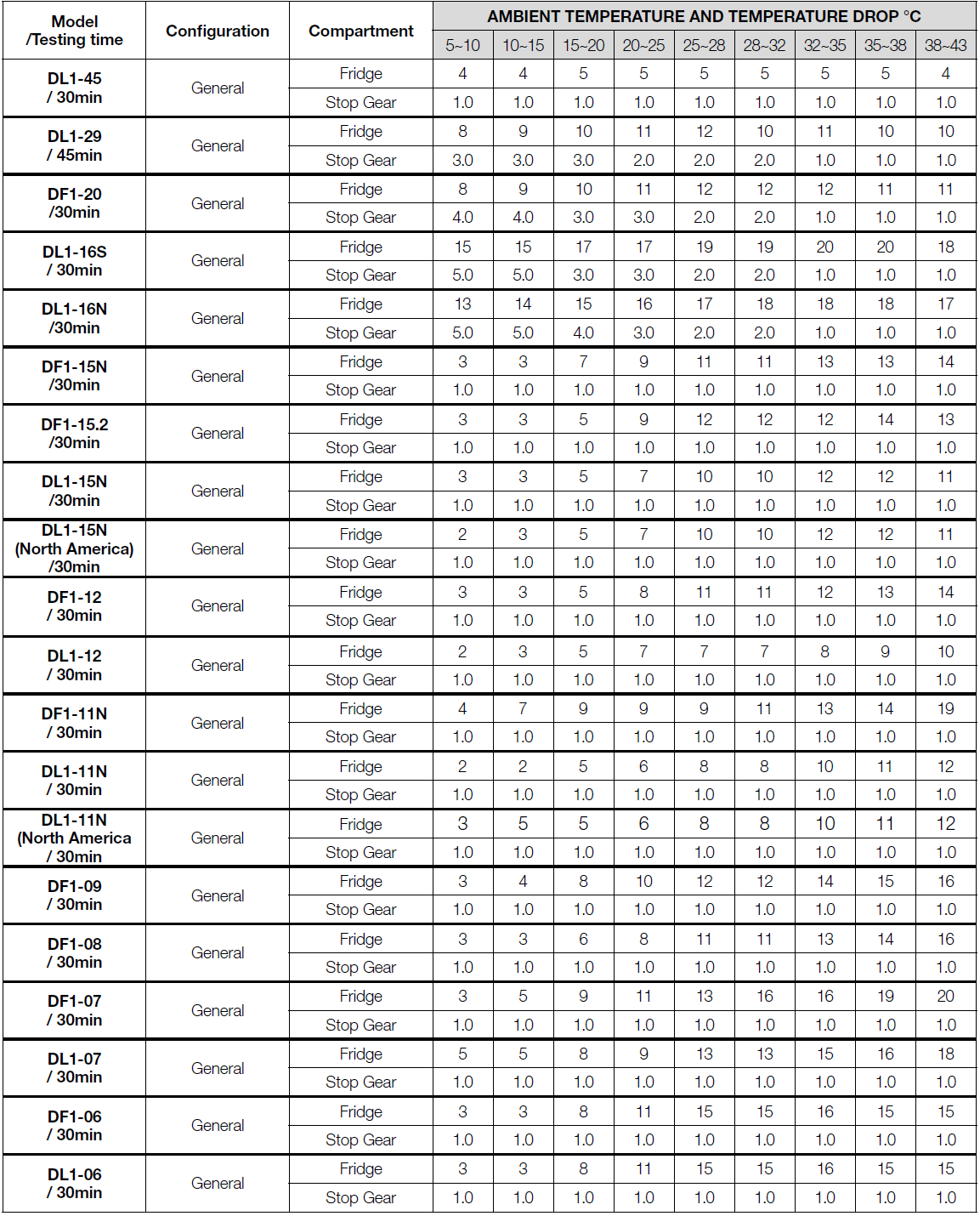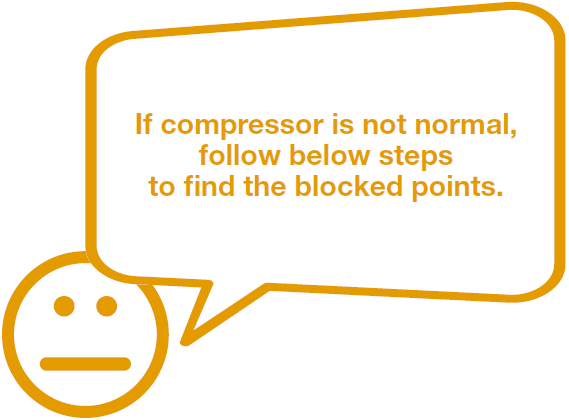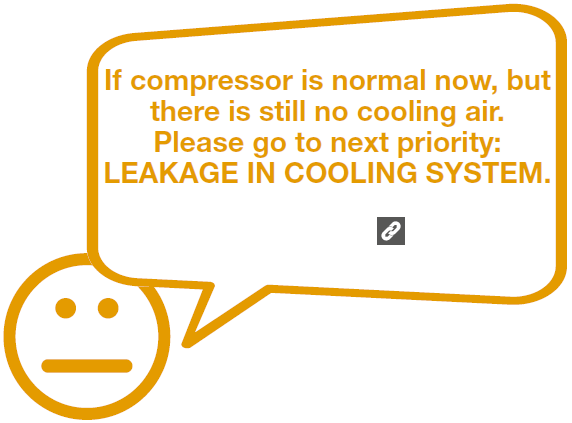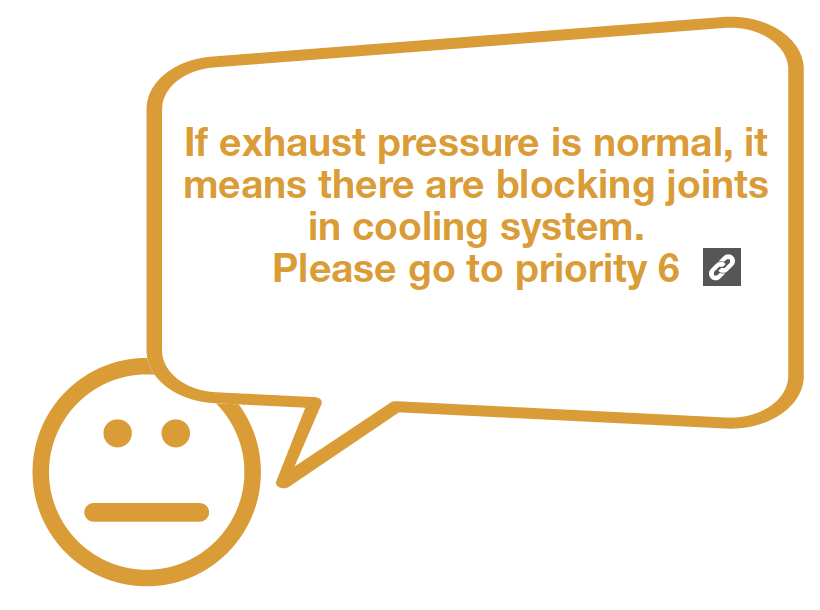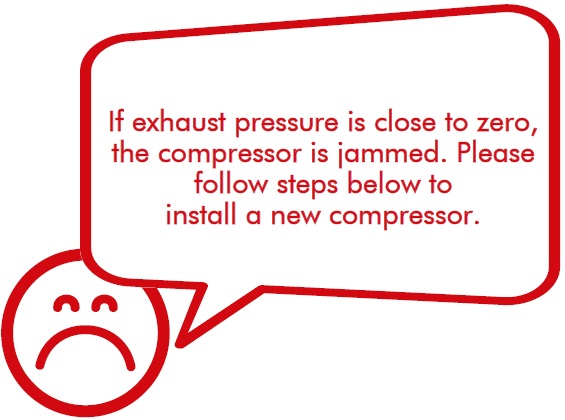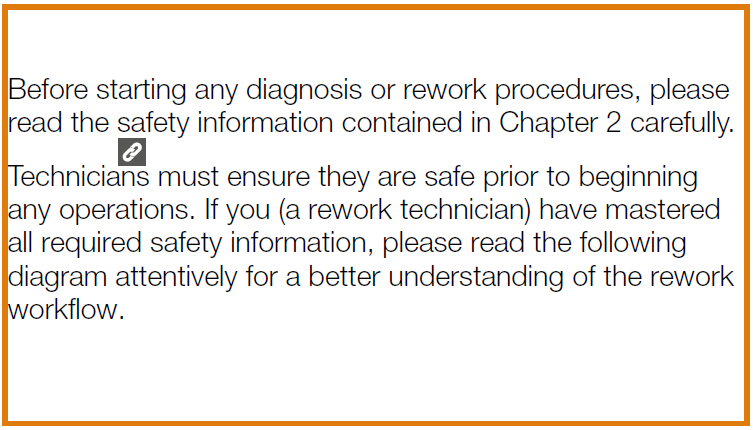

CHECK AND TEST 1
Step 1
Plug in, the compressor starts, but the protection is activated immediately, and it can not work normally. Put hand onto compressor, no shaking can be felt.
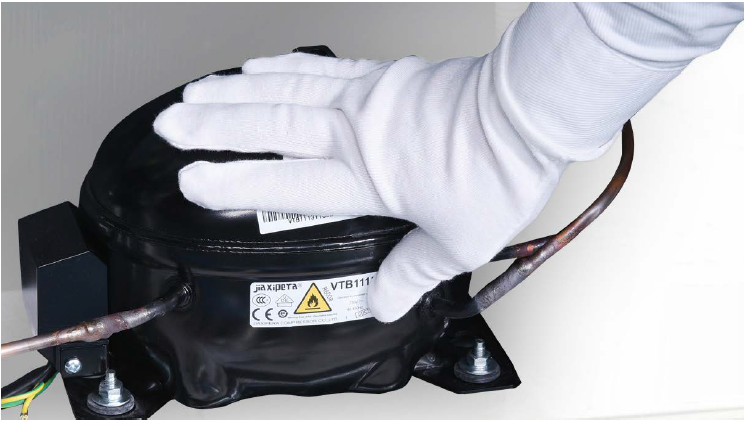
Step 2
Measure the AC voltage of the compressor with a multimeter. If voltage of three terminals are almost the same (100V~200V), it means power are transferred to compressor.
Step 3
Remove the blue plastic.
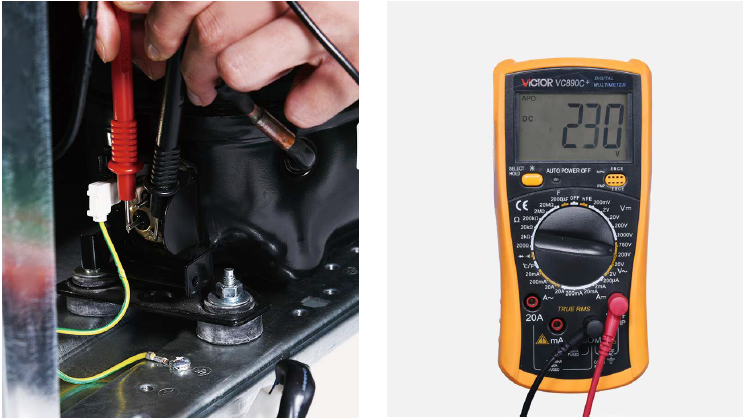
NOTE
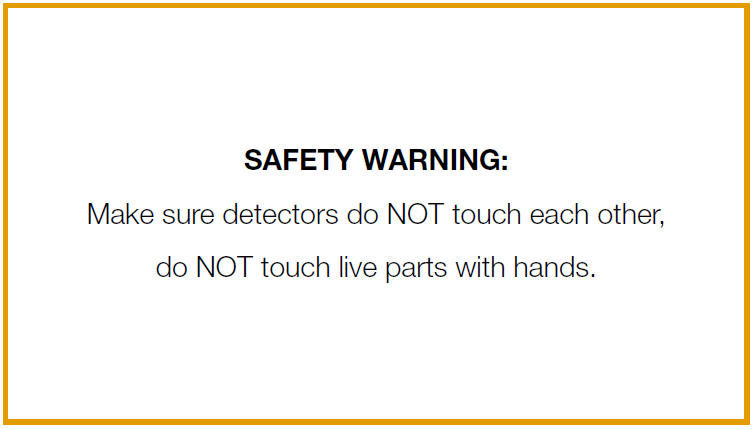
Step 3
Wait a few minutes, repeatedly power on and off several times, the compressor starts but activates protection.
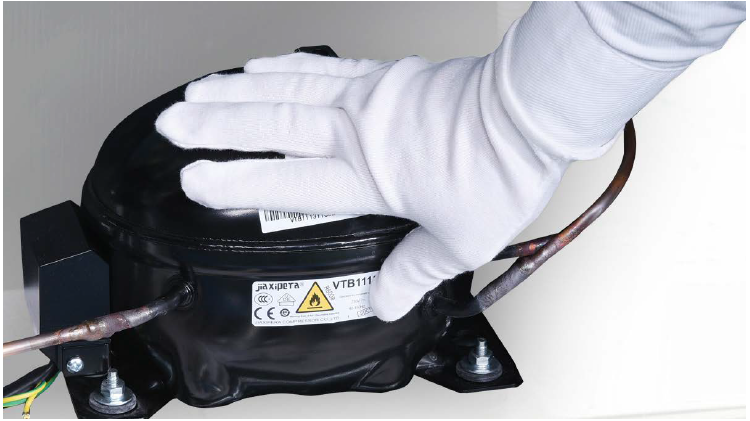
DIAGNOSIS 1
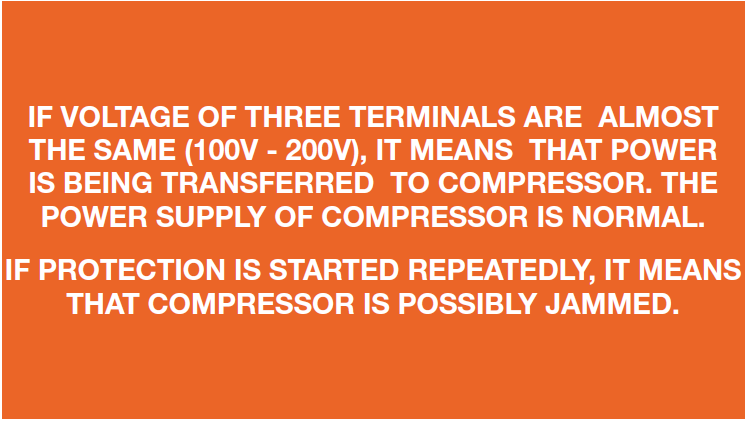
CHECK AND TEST 3
Step 1
Cut off capillary to discharge refrigerant.
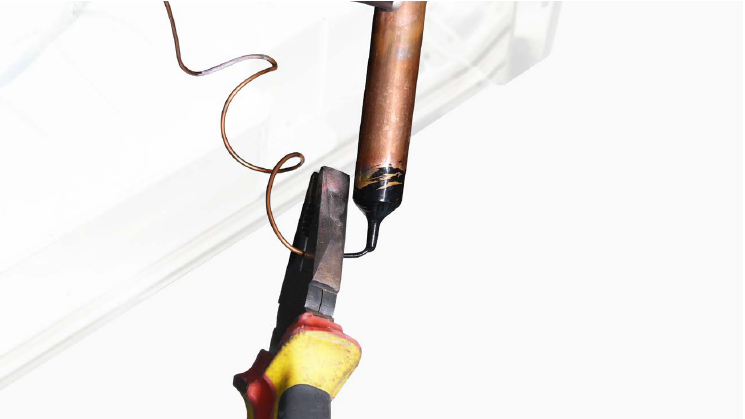
Step 2
Cut off suction pipe and exhaust pipe.
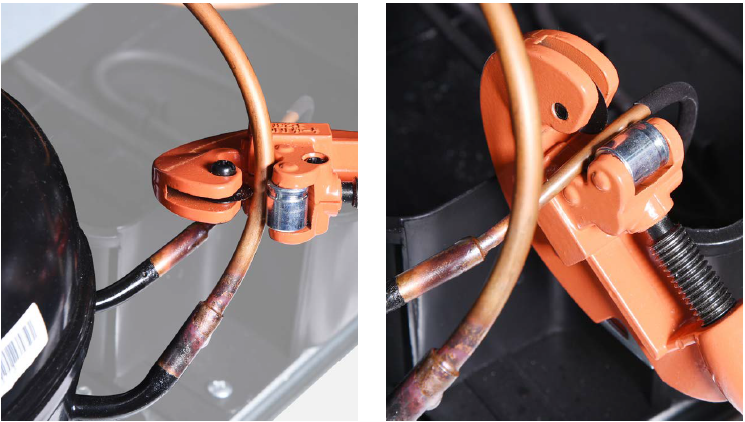
Step 3
Power up the compressor and feel the exhaust pressure of the exhaust pipe with a paper.
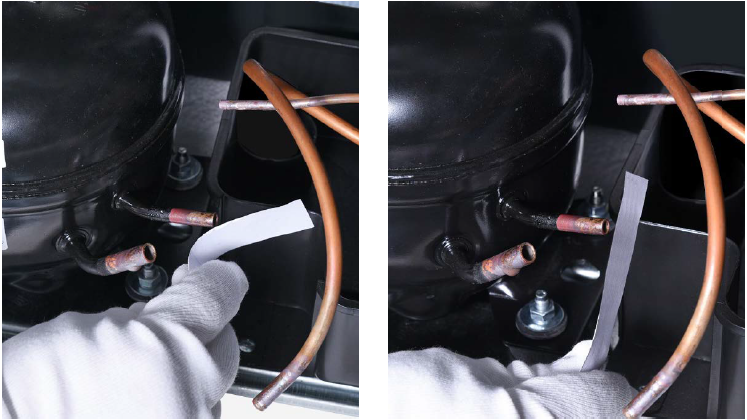

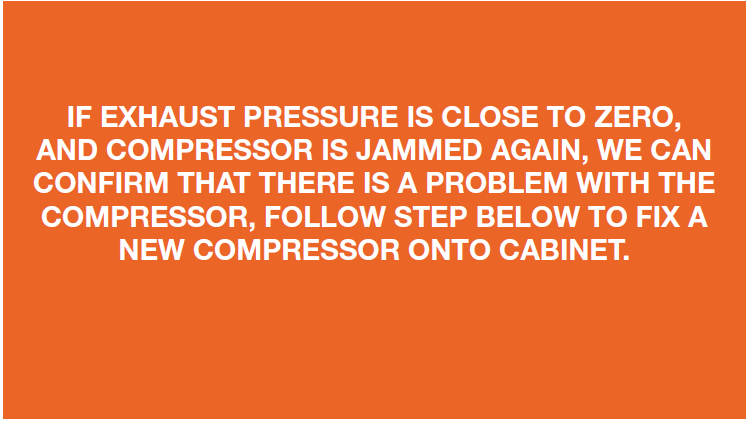

PROCEDURE 1
Step 1
Unscrew terminal cover.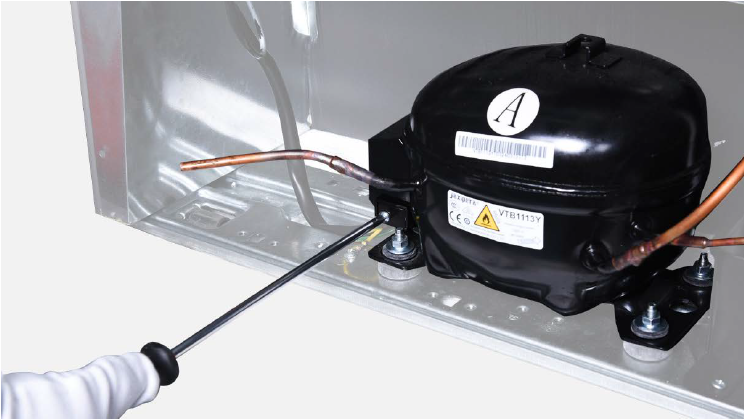
Step 2
Remove terminal cover.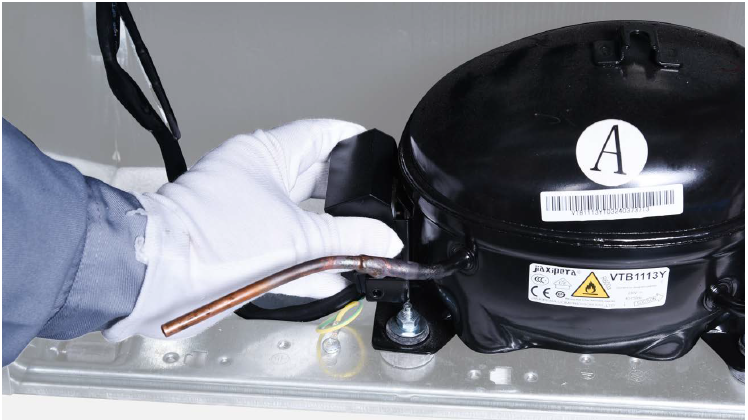
Step 3
Take out protector and starter.
Step 4
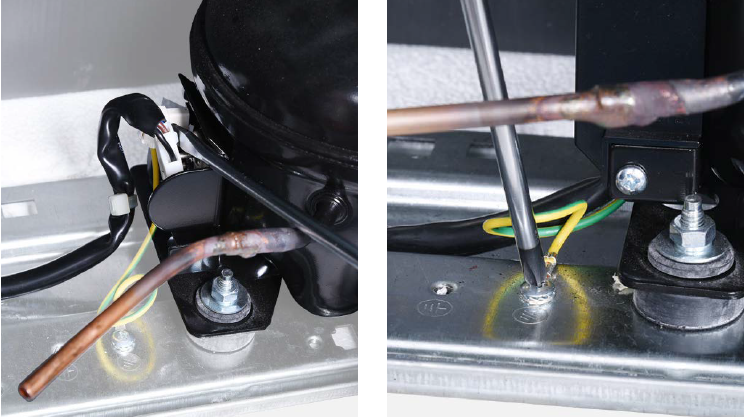
Step 5
Unscrew nut of compressor.
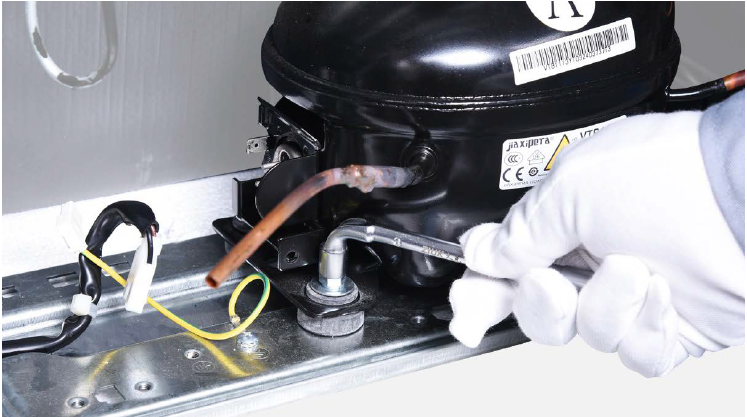
Step 6
Put on a new compressor and fix nuts
onto compressor.
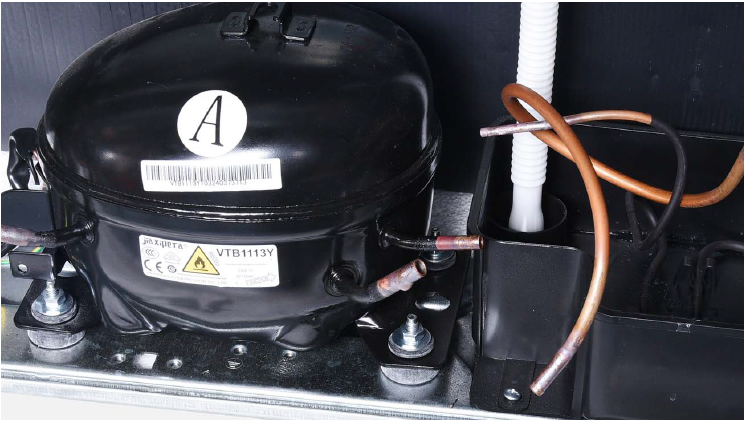
Step 7
Braze the joints of suction and exhaust pipes.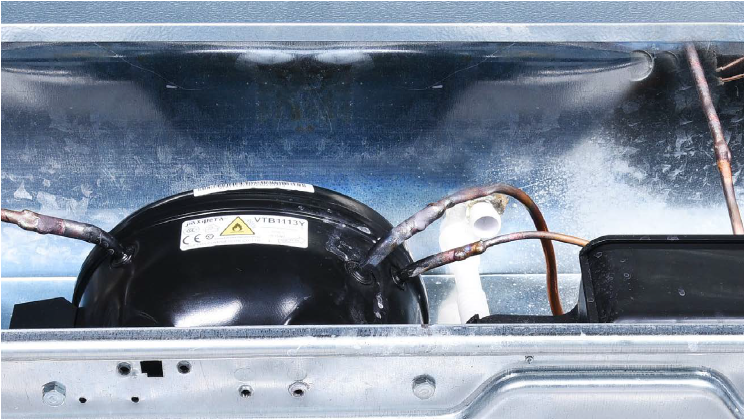

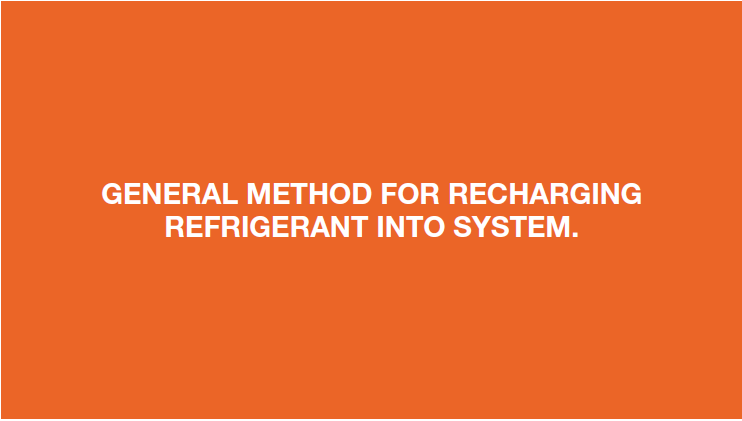
Step 1
Clean paint off of brazed joint of drying-filter.
Step 2
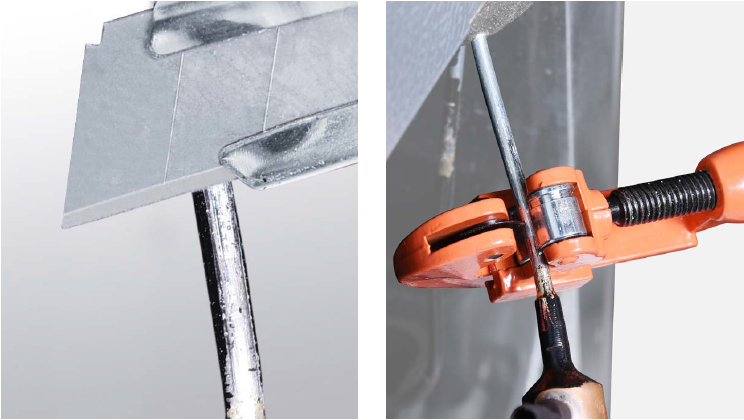
Step 3
Cut off capillary and remove the cut end by
shaking.
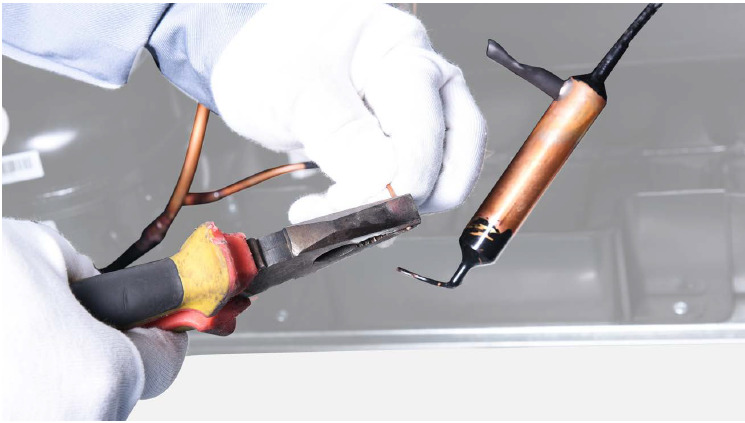
Step 4
Braze on a new drying-filter.
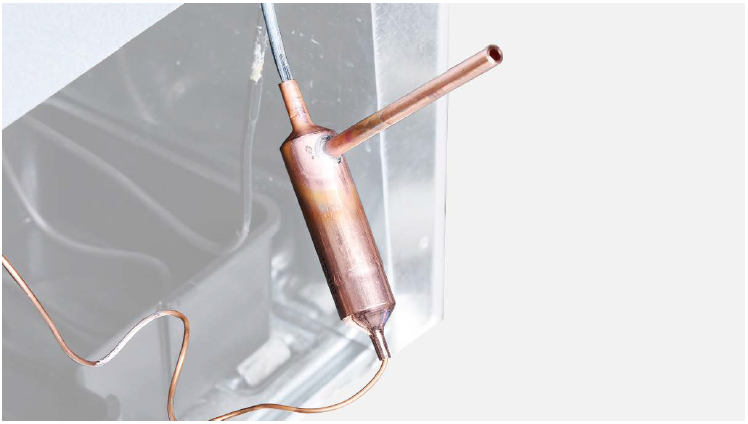
Step 5
Re-braze a copper tube onto processing tube of
compressor. To get more details on brazing requirements, please go to 10.4 Annex B1
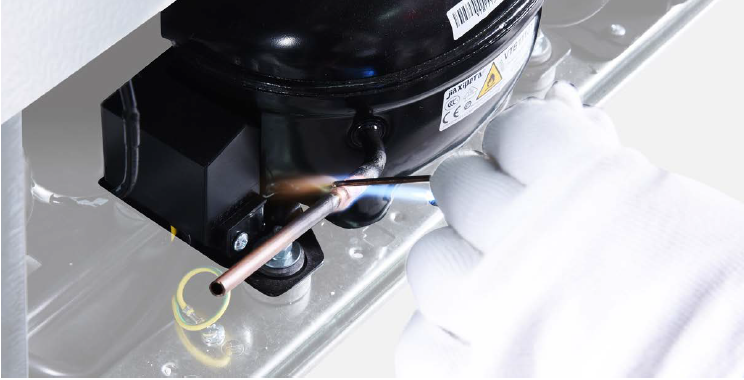
NOTE
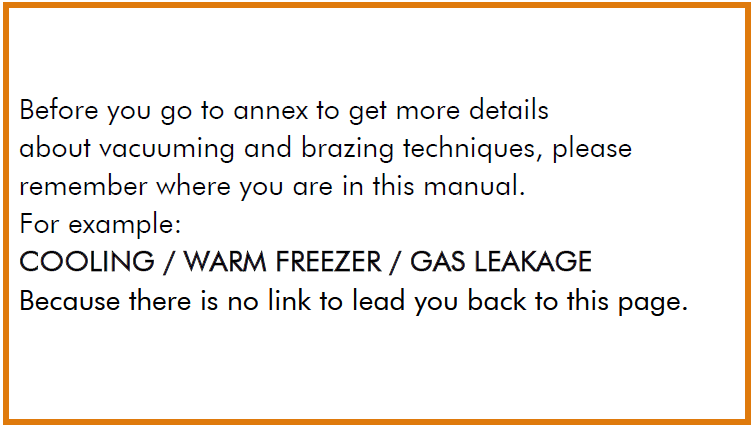
Step 6
Inject nitrogen (1.57Mpa) through quick connector into pipe for at least 3 min to blow remaining refrigerant away.
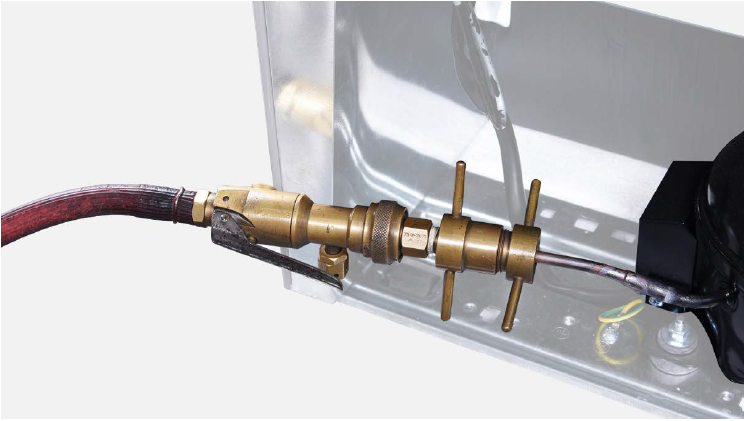
Step 7
Add quick connector onto processing pipe of
drying-filter.
Step 8
Test on brazed joints of drying-filter and
compressor processing pipe.
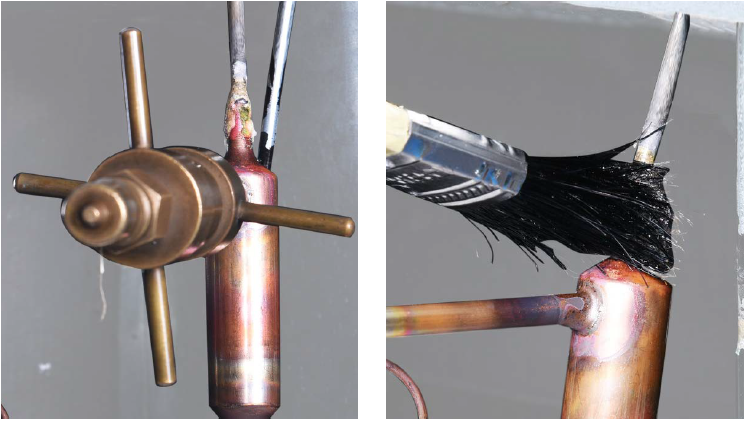
Step 9
Vacuum and re-charge. Please get more details
of vacuuming and gascharging requirements
on 10.5 Annex B2.
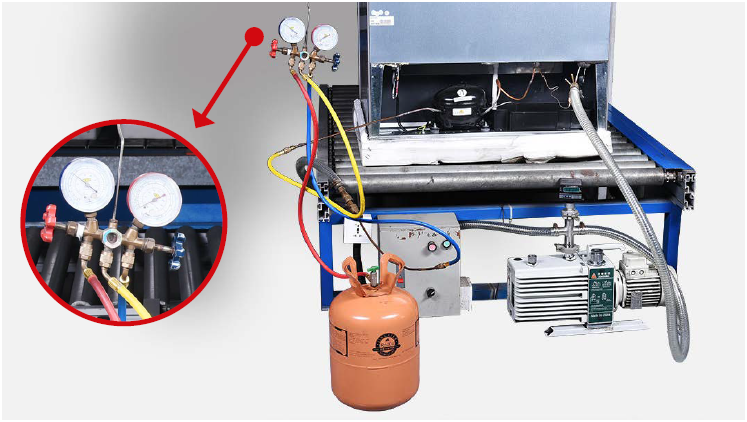
Step 10
Block processing pipe twice by locking pliers.
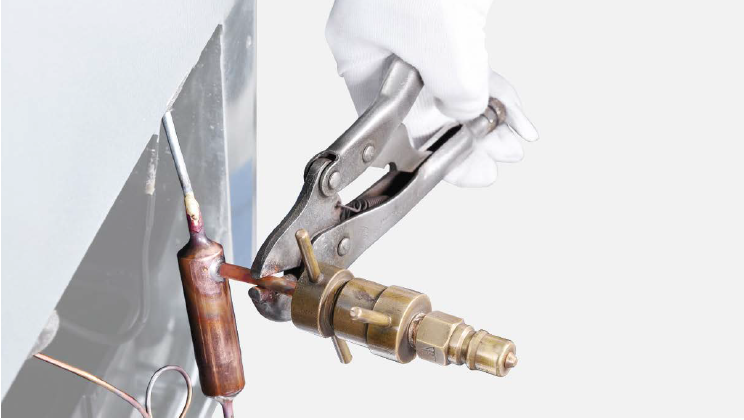
Step 11
Leave locking pliers on the second blocking and cut off the rest pipe by shaking.
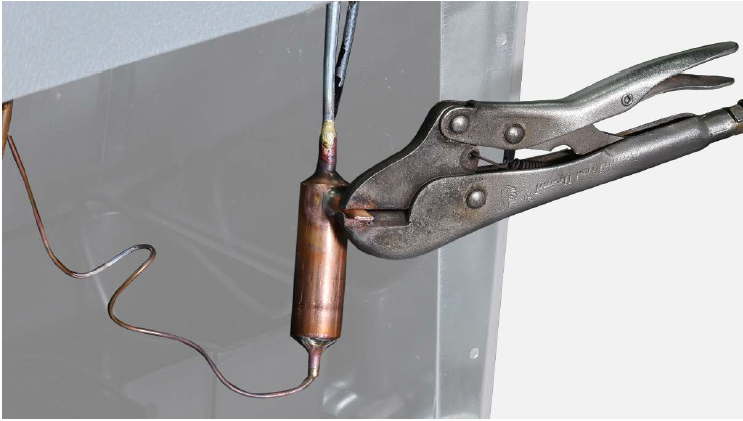
Step 12
Braze the ends and remove the pliers away.
